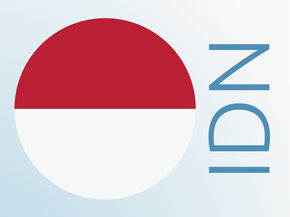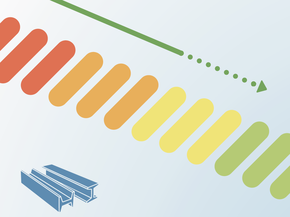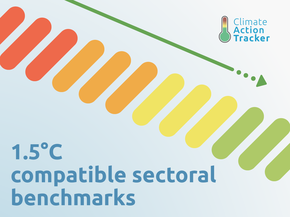Fair Share
Fair share
We rate Costa Rica’s 2030 NDC target as “2°C compatible”. The “2°C compatible” rating indicates that Costa Rica’s climate commitment in 2030 is within the range of what is considered to be a fair share of global effort but is not consistent with the Paris Agreement. This approach requires other countries to make deeper reductions and comparably greater effort to limit warming to 1.5°C. If all countries were to follow Costa Rica’s approach, warming could be held below—but not well below—2°C, and hence would still be too high to be consistent with the Paris Agreement’s 1.5°C temperature limit. The 2°C compatible category refers to the 2°C goal adopted by the Copenhagen Agreement in 2009, now replaced by the 1.5 ̊C limit in the Paris Agreement, providing a historical reference point and bridge to the Paris Agreement compatible category rating.
Costa Rica’s long-term goal of net-zero emissions in 2050 stated in the National Decarbonisation Plan is very close to our “1.5°C Paris Agreement compatible” range. If Costa Rica were to update its NDC in line with its National Decarbonisation Plan, we would rate it “1.5°C Paris Agreement compatible.” The “1.5°C Paris Agreement compatible” rating indicates that Costa Rica’s climate commitment in 2050 is consistent with holding warming well below 2°C, and limiting warming to 1.5°C. Costa Rica’s commitment does not require other countries to make comparably deeper reductions or greater effort, and is in the most stringent part of its Fair Share range.
The CAT ratings are based on climate commitments in NDCs. If the CAT were to rate Costa Rica’s projected emissions levels in 2030 under current policies, we would rate Costa Rica “2°C compatible” indicating that Costa Rica’s current policies in 2030 are within the range of what is considered to be a fair share of global effort but is not consistent with the Paris Agreement.
Further information about the risks and impacts associated with the temperature levels of each of the categories.
Further analysis
Latest publications
Stay informed
Subscribe to our newsletter





